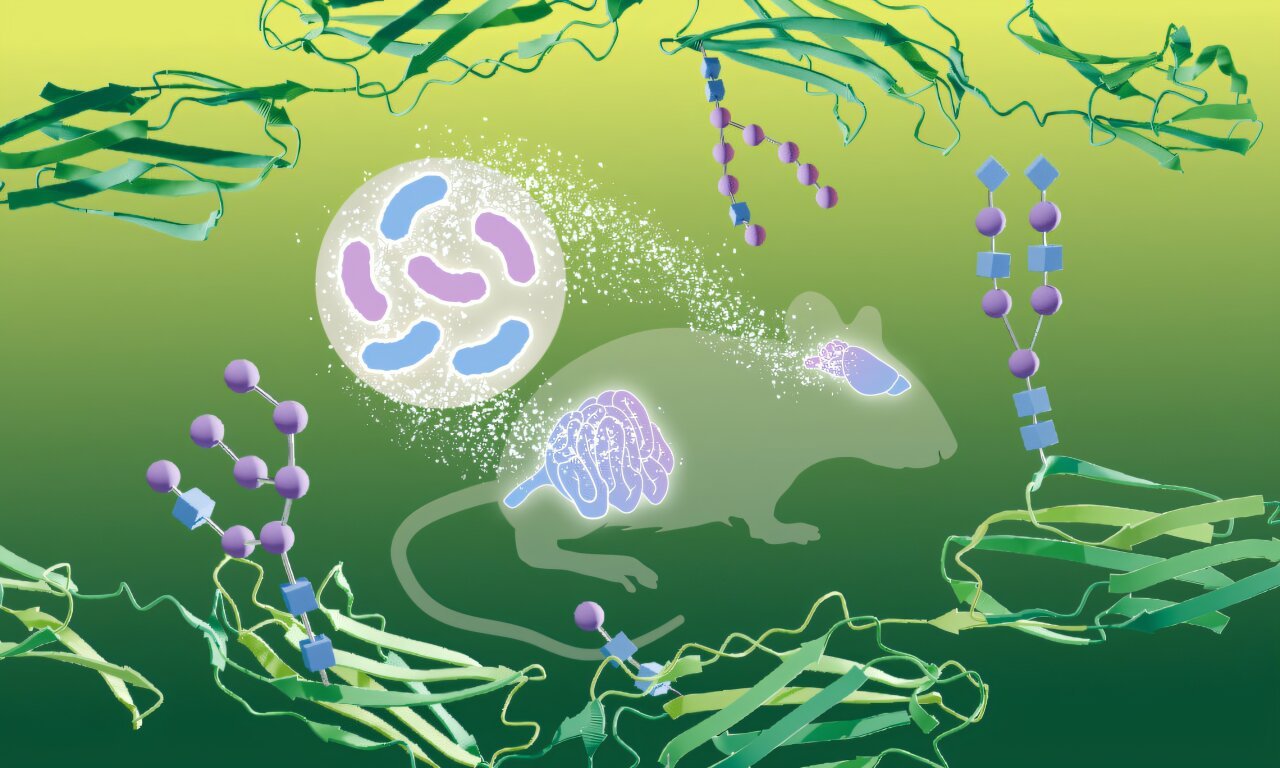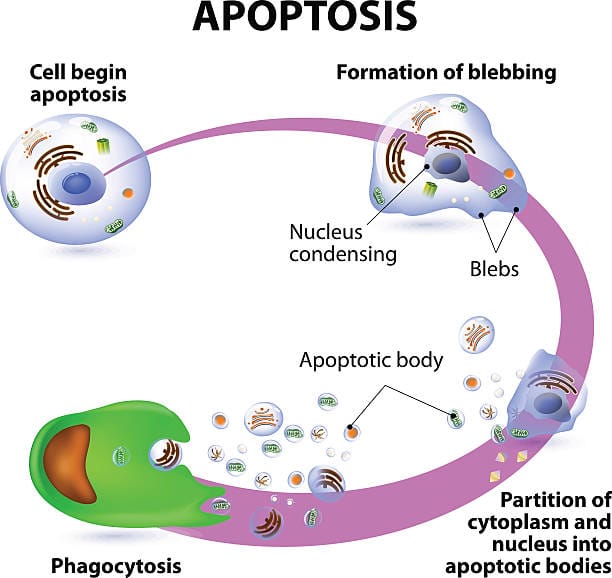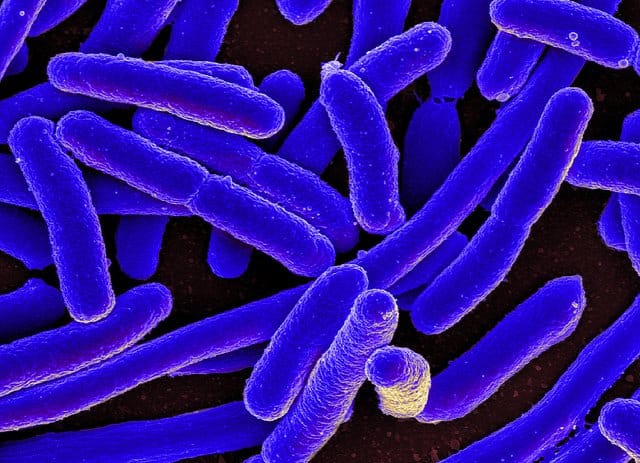Our bodies are host to a vast number of microorganisms, especially in the gut, where trillions of bacteria play a crucial role in maintaining health. Over recent decades, scientific research has increasingly highlighted the importance of the gut microbiome in influencing various physiological processes, from metabolism to immune response. Now, a new study from EMBL Heidelberg researchers has revealed a surprising connection between gut bacteria and brain function, showcasing how microbial activity in the gut can trigger profound molecular changes in the brain.
The study, published in the prestigious Nature Structural & Molecular Biology journal, explores a previously unexplored avenue: how gut bacteria influence the glycosylation of proteins in the brain. Glycosylation, the process where carbohydrates are chemically attached to proteins, can profoundly affect their function and is crucial to many biological processes. This new research is the first to show that bacteria in the gut can directly impact the glycosylation patterns in brain proteins, marking a significant step forward in understanding the gut-brain axis.
The Science of Glycosylation: A Key Process in Cellular Functions
To understand the significance of this study, it’s essential to first grasp the importance of glycosylation. Proteins are the workhorses of the body, responsible for carrying out a vast range of functions within cells. Sugars, or carbohydrates, are not just energy sources but also vital in modifying proteins to alter their behavior. Glycosylation refers to the process by which sugars are attached to proteins, and this modification can drastically change how proteins function. It influences how cells adhere to each other, move, and communicate, making it an integral part of cellular activity and development.
In the context of the brain, glycosylation is involved in processes such as neurotransmission (the communication between neurons) and axon guidance (the growth of nerve fibers). Dysregulation of glycosylation is implicated in several diseases, including neurodegenerative disorders, cancer, and immune diseases. However, despite its significance, glycosylation has been notoriously difficult to study in detail due to the complexity of the process and the challenges in isolating the glycosylated proteins for analysis.
The DQGlyco Method: A Breakthrough in Glycosylation Research
To overcome these challenges, the EMBL Heidelberg team developed a revolutionary new method called DQGlyco, which dramatically improves the ability to study glycosylation at a much higher scale and precision than was previously possible. Traditional methods for analyzing glycosylation have been expensive, time-consuming, and not scalable. DQGlyco, however, uses easily available, low-cost materials like functionalized silica beads to selectively enrich glycosylated proteins from biological samples. This approach allows scientists to precisely identify and measure these proteins with great efficiency.
The team applied DQGlyco to brain tissue samples from mice, resulting in an astonishing discovery: they were able to identify over 150,000 glycosylated protein forms—a remarkable increase of over 25 times the number identified by previous techniques. The new method’s quantitative nature allows researchers to compare glycosylation patterns across different tissue samples, species, and cell types. It also reveals the phenomenon of microheterogeneity, where the same protein site can be modified by different types of sugar molecules. This finding is akin to how different sugar groups define blood types in humans, highlighting the complexity of glycosylation across protein sites.
Gut Microbiome’s Influence on Brain Glycosylation
With the new method in hand, the researchers turned their attention to understanding the role of the gut microbiome in brain glycosylation. It has long been known that the gut microbiome can influence neural function, but the precise molecular mechanisms involved were not well understood. This gap in knowledge led the researchers to test if gut bacteria could affect glycosylation patterns in the brain.
In collaboration with Michael Zimmermann’s group at EMBL, the researchers studied mice with and without a gut microbiome—germ-free mice that were raised in a sterile environment and lacked any microbes. Comparing the glycosylation patterns between these germ-free mice and mice colonized with various gut bacteria revealed intriguing results. The mice that were exposed to gut bacteria exhibited distinct changes in glycosylation, particularly in proteins important for cognitive functions and axon growth—two processes essential for healthy brain activity.
These findings suggest that the gut microbiome may play a more direct role in brain function than previously thought, influencing the molecular machinery that governs how brain cells communicate and develop. The fact that gut bacteria could modify such fundamental processes through glycosylation opens up new avenues for understanding the gut-brain axis and its potential role in neurological diseases and cognitive health.
The Potential Impact of the Study on Disease Research
The new study provides a clearer understanding of the molecular connections between the gut and the brain. It highlights the potential for the gut microbiome to influence not only mental health but also the molecular basis of diseases like Alzheimer’s disease, Parkinson’s disease, and multiple sclerosis, where the regulation of proteins in the brain plays a critical role in disease progression. By unveiling how gut bacteria affect glycosylation, this research offers a new perspective on how microbial ecosystems might be leveraged for therapeutic interventions.
Moreover, the discovery of how bacteria influence brain protein glycosylation could lead to the development of diagnostic tools for diseases associated with altered protein functions, enabling earlier detection and personalized treatment options. For example, studying the patterns of glycosylation could provide insights into neurodegenerative diseases, which are often difficult to diagnose in their early stages.
Collaboration and Data Sharing: Open Access for Further Research
In the spirit of scientific collaboration, the researchers have made their datasets openly available through a dedicated app, encouraging other researchers to explore the findings and apply them to their own work. The data provides detailed glycosylation profiles, allowing the scientific community to test hypotheses and refine methods for studying protein modifications in different contexts.
The team is also exploring how machine learning can be used to predict glycosylation patterns in humans and other species. By training models on the mouse data, they hope to predict how glycosylation sites might vary in different organisms and contribute to our understanding of interspecies differences. This approach, using AlphaFold—the AI-based tool for predicting protein structures—could revolutionize the way researchers study protein modifications and their role in disease.
Looking Forward: Fundamental Questions in Biology
This breakthrough study paves the way for further research into the functional role of glycosylation in cells. The team is eager to apply the DQGlyco method to answer more fundamental biological questions, such as understanding how glycosylation influences cellular interactions, immune response, and cancer progression.
In the broader context of human health, understanding the role of gut bacteria in brain function could offer new therapeutic strategies. If gut microbes can indeed influence brain chemistry through glycosylation, it could open the door to developing novel microbial-based treatments for neurological disorders, mental health conditions, and autoimmune diseases.
Conclusion
The findings from this study add another layer of complexity to our understanding of the gut-brain axis and underscore the importance of the microbiome in shaping human health. The discovery that gut bacteria can influence brain glycosylation patterns provides new insights into how our microbiota might affect brain function, cognition, and disease. By harnessing the power of DQGlyco, scientists are now equipped with a powerful tool to study the intricate world of protein modifications, and in doing so, unravel the mysteries of brain function and beyond.
This research not only expands our knowledge of the gut-brain relationship but also sets the stage for new avenues of therapeutic intervention in a range of diseases, from neurodegenerative disorders to cancer. As scientists continue to explore the molecular pathways linking the microbiome to brain health, the potential for novel treatments and diagnostics continues to grow.
Reference: Clément M. Potel et al, Uncovering protein glycosylation dynamics and heterogeneity using deep quantitative glycoprofiling (DQGlyco), Nature Structural & Molecular Biology (2025). DOI: 10.1038/s41594-025-01485-w






